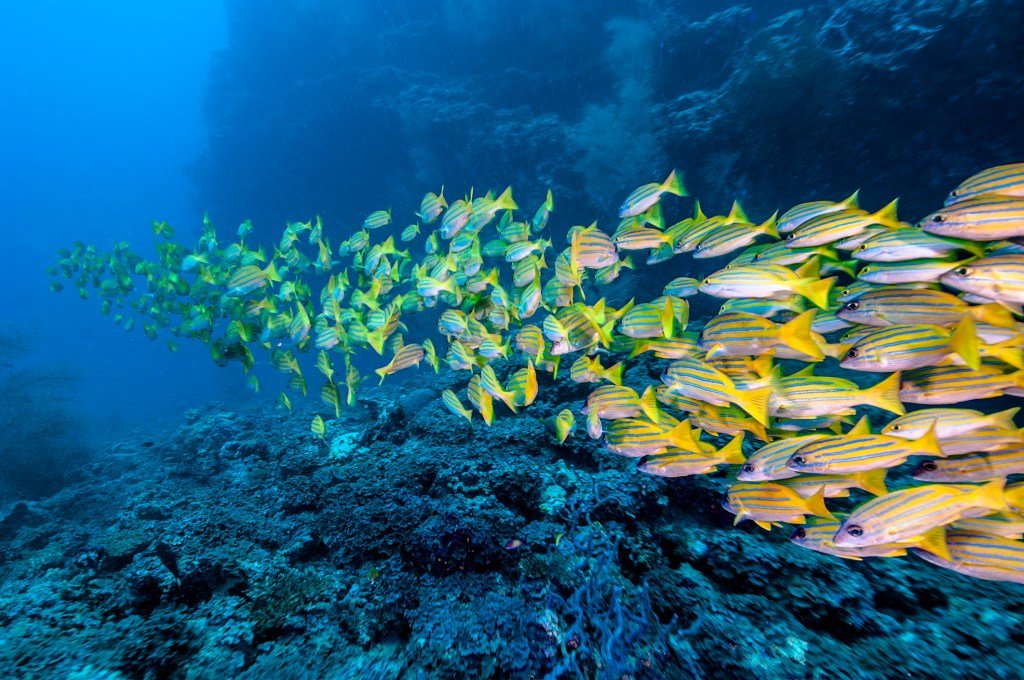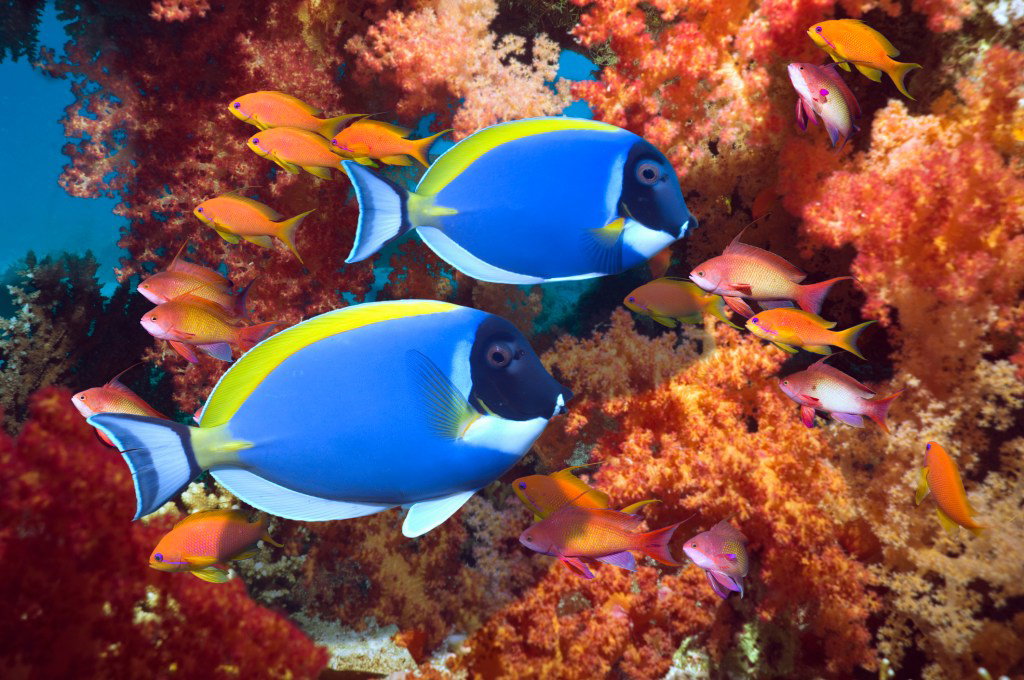

When it comes to determining self-awareness in living creatures, one important thing sets humans apart from many animals: the ability to recognize oneself in a mirror. This is a trait once thought to be relegated to a handful of species with larger brains, like dolphins and elephants. But according to a new study published via the Proceedings of the National Academy of Sciences, some fish may be capable of self-awareness.
This finding brings the notion that animals’ brain size determines their intelligence into question. Masanori Kohda, an animal sociologist from Osaka Metropolitan University, has called for a re-evaluation of this assumption.
Previously, Kohda conducted similar research with startling results. He discovered that bluestreak cleaner wrasses, tropical fish typically found in saltwater reefs, passed the cognitive assessment known as the “mirror test.” This involves putting a mirror in front of an animal and then placing a mark on its face or body. The test is meant to discern whether the animal will notice the mark in its reflection and try to touch it on its body, or ignore it completely.

As part of Kohda’s initial study, the fish were able to differentiate between their own faces and those of other fish in photographs. These results indicated that the fish were able to identify themselves by forming a mental image of their own face. That’s a practice similar to how humans are believed to recognize themselves.
Kohda’s team also exposed wild-caught cleaner fish to mirrors for a week, injecting brown dye just beneath the scales on some of the fish’s throats. This was meant to resemble the parasites the fish eat off the skin of larger fish in the wild. When the marked fish saw themselves in a mirror, they began striking their throats on rocks or sand in the bottom of the tank, apparently trying to scrape off the marks.
In the new study, 10 fish that passed the mirror test were then shown a photo of their own face as well as a photo of an unfamiliar cleaner fish face. The fish acted aggressively toward the unfamiliar photo, seemingly believing it to be a stranger. However, they weren’t aggressive toward a photo of their own face.

Later, Kohda’s team took another eight fish that had spent a week around a mirror without the control markings were shown a new photo of their own faces with a brown mark on the throat. Surprisingly, six of those fish began scraping their throats in the same motion as those that previously passed the test. However, they did not perform the same actions when shown a photo of a different fish with the same mark.
Researchers believe that animals able to recognize their reflection end up learning to identify themselves by matching the animal in the mirror’s movement. That’s what could have happened here, according to the study’s authors.
Kohda and his team have additional experiments coming down the pipeline to fully examine what could be going on in the minds of the cleaner fish. There are also plans to extend the test to another species, the three-spined stickleback.
One thing’s for sure right now, though: It’s time to give fish brains a little more credit.










